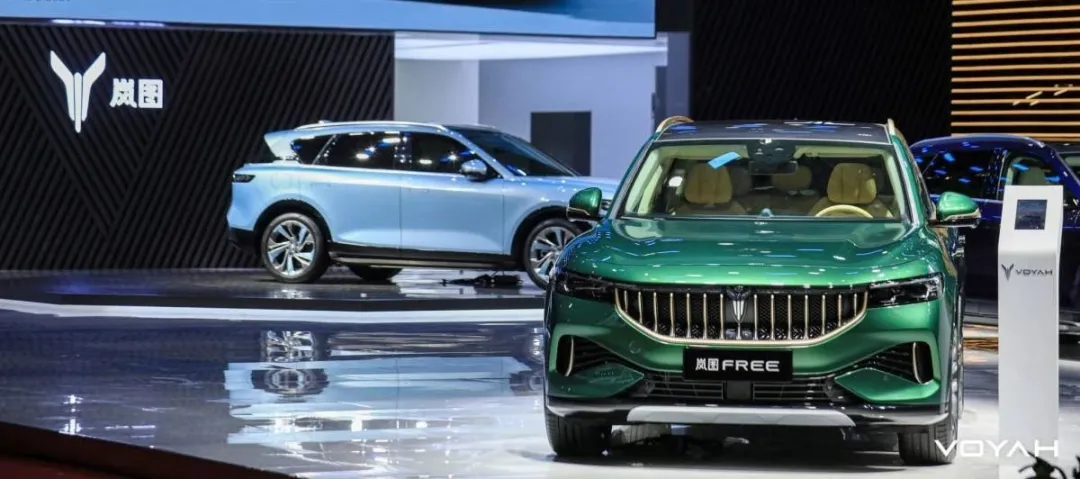*Author: The Office
Range extender technology is no longer new. How much potential does range extender have in the next decade?
From an industry perspective, Nissan, an old player in the range extender game, is set to release a model with e-POWER range extender technology at the Shanghai Auto Show, and Li Shufu, the founder of Geely, advocated for equal licensing, road rights, and operation subsidies for range extender technology, pure electric and fuel cell vehicles during the “Two Sessions” in 2020.
Consumers will soon have more choices. On March 31st, the luxury brand of Dongfeng, the Voyah, announced the pre-sale price of its first mass-produced SUV, Voyah FREE, with the range extender edition priced at 313,600 yuan, which includes an optional package of air suspension and night vision driving system, totaling 333,600 yuan.
Considering the successful range extender vehicle from Ideal ONE, which retails for 328,000 yuan, many consumers will compare the two models. However, from a product perspective, the choices between Voyah FREE and Ideal ONE are very clear. In some sense, they are products designed for two different audiences.
510 kW – 240 kW = 2 s?
We may need to compare the power parameters of Voyah FREE and Ideal ONE:
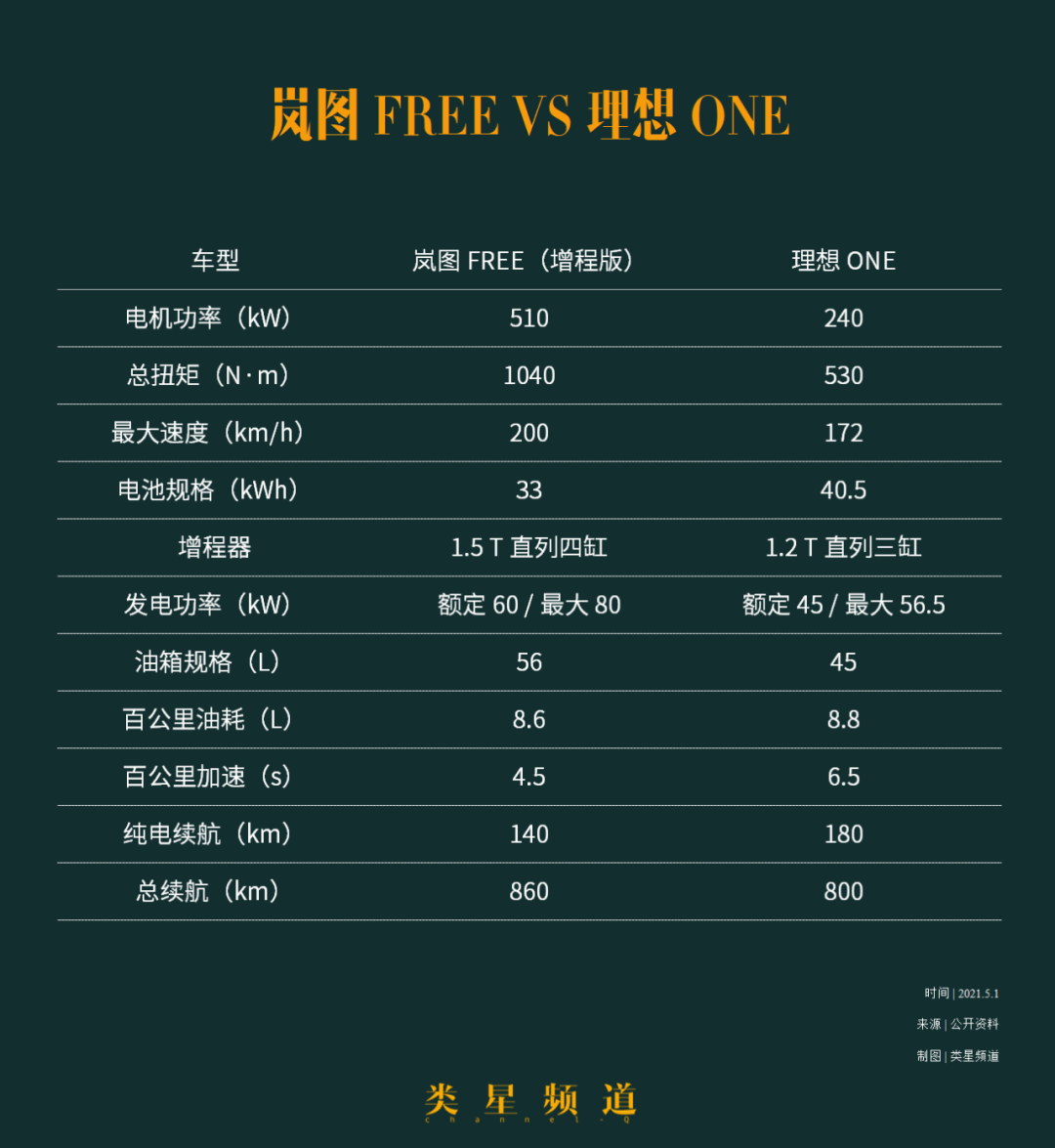
It can be seen that these two vehicles have very obvious differences in the definition of their powertrains. Ideal ONE is designed precisely around the needs of “daddy vehicles” for families with two children. In most driving situations for “daddy vehicles,” 240 kW, equivalent to the performance of a 3.0-liter internal combustion engine, is sufficient to meet the daily commuting power requirements.
Ideal Automobiles founder Li Xiang is renowned for his ability to discern user needs. Under his leadership, a product will be configured with the most balanced settings for safety, cost, performance, and space.
Voyah FREE’s positioning is different. Can the Voyah FREE platform be arranged with seven seats? In terms of wheelbase, Voyah FREE even slightly exceeds Ideal ONE with 2955 mm, and Benz GLB and Tesla Model Y both offer seven-seat options with wheelbases of 2829 mm and 2890 mm, respectively.
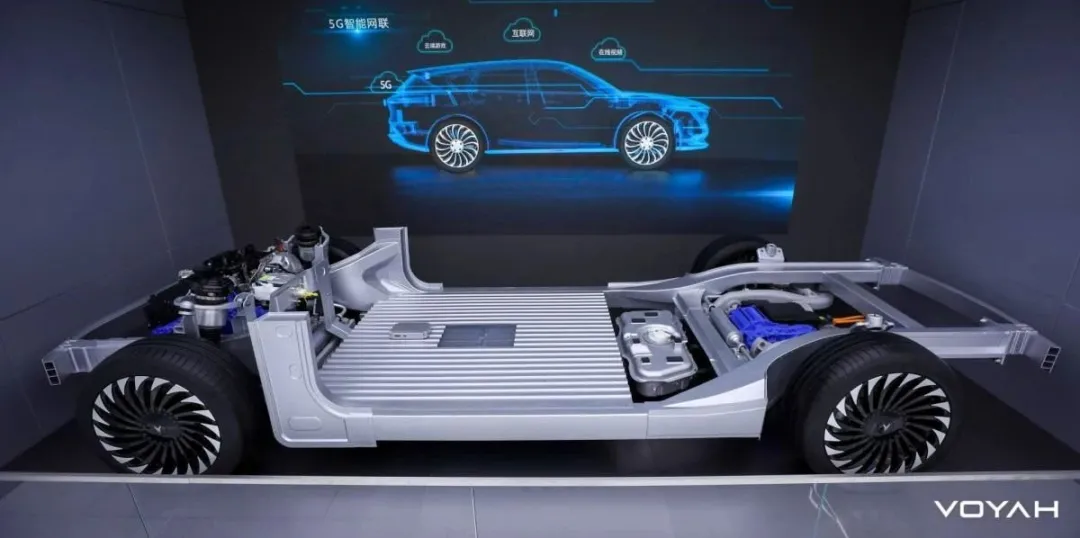 This to some extent indicates that the LanTu SUV sacrificed the opportunity to arrange the FREE seven-seater and instead focused on platform and chassis layout to “gain” a more powerful powertrain and a series of configurations such as front double wishbone, rear multi-link and air suspension, in order to create a high-end product.
This to some extent indicates that the LanTu SUV sacrificed the opportunity to arrange the FREE seven-seater and instead focused on platform and chassis layout to “gain” a more powerful powertrain and a series of configurations such as front double wishbone, rear multi-link and air suspension, in order to create a high-end product.
Is high performance important for a luxury brand?
High performance is a necessary but not sufficient condition for building a luxury brand. With high performance, it is not necessarily possible to create a good luxury brand, but a luxury brand must have high-performance products to lead the market.
The LanTu FREE electric motor has a power output of 510 kW and a torque of 1040 N·m, nearly double the figures of the Ideal ONE. Judging from the data that consumers can perceive, the acceleration from 0 to 100 km/h was compressed from 6.5 seconds to 4.5 seconds. However, the value of these 2 seconds lies in the difference between “a car with good acceleration” and “a high-performance car”.
In the context of the onslaught of new car releases, consumers have become desensitized to the power parameters of electric vehicles. The HiPhi X, which starts at RMB 680,000, has a total power output of 440 kW for its two electric motors, while the founding edition of the NIO ES8, which starts at RMB 448,000, has a total power output of 480 kW.
In the power ranking of mass-produced electric SUVs, the LanTu FREE, with its 510 kW power output, can be ranked in the top three in the world.
Luxury Beyond Straight-line Acceleration
Why do we say that “having high performance does not necessarily guarantee a good luxury brand”? In the era of electric cars, the value of high horsepower for a luxury brand is increasingly “diluted”.
In March 2016, Elon Musk stood on the stage of the Tesla Model 3 launch event and said, “Tesla does not make slow cars.” Today, we can spend just RMB 330,000 to buy a Performance version of the Model 3 with 340 kW and 639 N·m, which can accelerate from 0 to 100 km/h in 3.2 seconds.
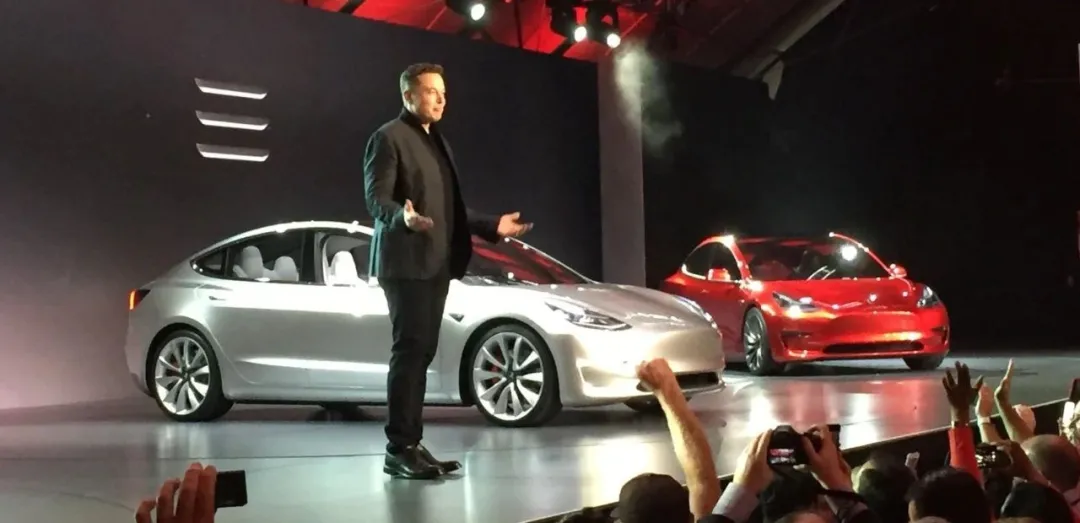
In the era of gasoline cars, it was unimaginable to have a car that costs RMB 300,000 and accelerates from 0 to 100 km/h in 3 seconds. Francesco Scardaoni, the Asia Pacific director of Lamborghini, has publicly stated that ten years ago, the most important parameter for measuring a car was acceleration. Today, acceleration is no longer important, as hybrid and electric powertrains can easily achieve astonishing data in this regard.Despite being a considerable distance away from the 510 kW of the Voyah FREE, the democratization of horsepower heralds that “new brands targeting the high-end market must interpret luxury through forms beyond power.”
From the arrangement of the Voyah FREE’s range extender, we can catch a glimpse into the minds of the engineers. The range extender is composed of a 1.5L four-cylinder engine and a generator with a maximum power of 80 kW. Each of the three numbers, 1.5L, four cylinders, and 80 kW, is crucially important.
Fuel consumption, performance, and NVH are interdependent and a balancing act on the same powertrain. As mentioned earlier, the 1.5L engine in the Voyah FREE is paired with higher-power motors to meet the electrical requirements for peak power of 510 kW.
For NVH control, the four-cylinder engine is balanced with a balancing shaft to eliminate extra dynamic balance vibrations. This physical design, combined with exceptional NVH, is one of the fundamental indicators of a high-end brand, and few luxury models perform poorly in terms of NVH.
(P.S.: In addition to engine selection, the Voyah FREE has made many other efforts to improve NVH, including double-layer soundproof glass, Pirelli low-noise tires, and engine compartment sound insulation materials. It is evident that this is a comprehensive system engineering and will not be discussed further here.)
The thermal efficiency of this engine is the highest among range extender engines in this segment, making it possible for the Voyah FREE to achieve high performance but still achieve a low energy consumption of 8.3 L/100 km (according to Voyah: this is not the final value and is still being optimized).
Regarding the Voyah FREE’s energy storage combination of a 33 kWh battery pack and a 56 L fuel tank: with limited vehicle layout space, the battery pack specification and fuel tank capacity are inversely proportional. However, why is the battery pack 33 kWh and not 30 kWh or 36 kWh?
The Voyah engineers gave the following explanation: “For daily commuting in cities, most travel scenarios are mainly concentrated within 100 km.” A 33 kWh battery pack enables the FREE to travel up to 140 km under NEDC test conditions, which is more than enough for actual commuting scenarios.
On the premise of meeting urban commuting requirements, a smaller battery pack means a lower vehicle weight, lower BOM costs, and lower energy consumption.
Finally, let us review the range extender powertrain of the Voyah FREE, which might additionally include the front double wishbone and rear multi-link suspension design, as well as the air suspension. The conclusion is that the engineers have put in a lot of thought to interpret the foundational qualities that luxury brand products should have, including high-performance, NVH, and low energy consumption.
Beyond the Range Extender PowertrainEssentially, the driving modes of the Idean and the Langtu are calibrated based on three scenarios: having a private charging station, having convenient access to public charging stations, or having no charging stations at all. The specific threshold values are adjusted according to the selection of the motor, battery, and range extender.
However, the above presets a logical fallacy: one of the core advantages of the range extender is the zero range anxiety for long-distance driving scenarios. But what if I don’t want to drive long distances?
This is not a nitpick. Below is a Weibo post from well-known electric vehicle blogger @Uncle Xiaote. Even in cases where the Tesla exclusive charging network density and efficiency are extremely high, he still prefers taking the high-speed rail for trips over 150 km.
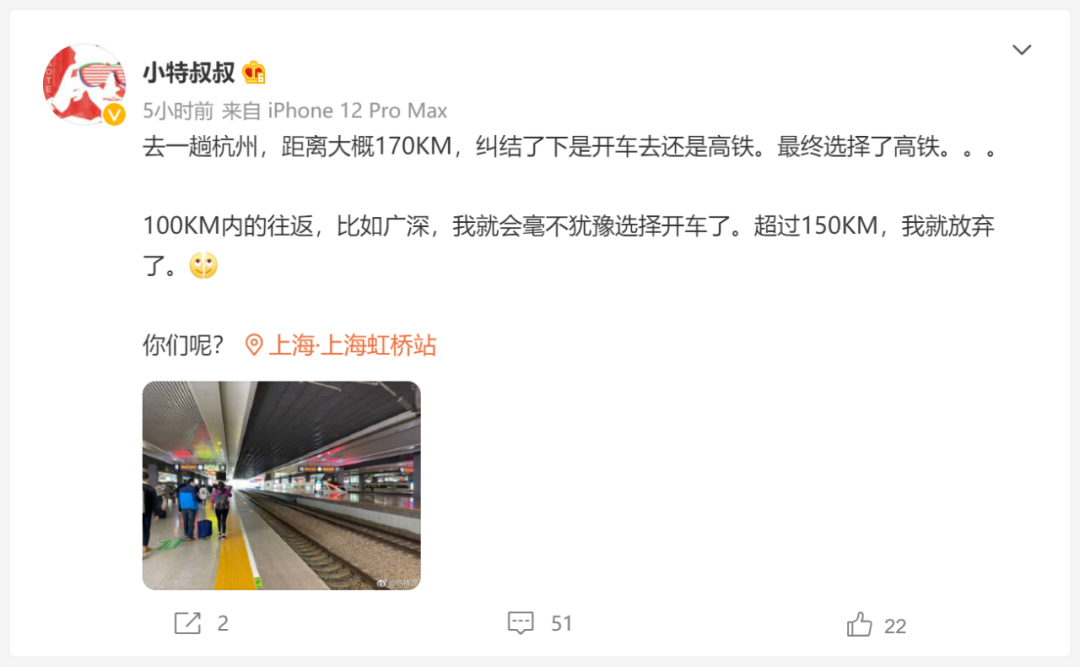
We need to allow some vehicle owners the freedom to not drive for long periods of time. NEDC 505 km Langtu FREE pure electric version is clearly targeting users in this segmented scenario. Users who have private charging stations and no long-distance driving needs would benefit from lower vehicle usage costs and a better driving experience.
Therefore, Langtu’s granularity in breaking down user usage scenarios is even finer than we imagined. A simple summary is as follows:
- Long-distance needs + private charging: FREE range-extender pure electric mode
- Long-distance needs + no private charging (rechargeable): FREE range-extender intelligent mode
- Long-distance needs + no private charging (no charging): FREE range-extender fuel mode
- No long-distance needs + private charging: FREE pure electric version
Langtu FREE’s current dilemma is similar to that of NIO ES8, which emerged in 2018. Everyone is analyzing the FREE range-extender edition, just as they talked about ES8’s battery-swapping ability.
In fact, in addition to battery-swapping, NIO Power also provides home charging, fast charging, one-click charging, and destination charging- NIO’s original intention is to “fill” various energy supplement needs in users’ actual driving scenarios through diverse energy supplement forms.
Similarly, Langtu’s ultimate goal is to create the best possible product experience for all users, which simply means that NIO focuses on energy supplement solutions and Langtu focuses on product design.The disadvantage of a new brand is that its brand value is zero. You have to do something with the price to convince consumers to choose you over those well-established old giants. Without discussing monsters like Ford Tourneo, in 2018, NIO raised the starting price of its air-suspension models to 400,000 yuan as a “sincere gesture”, and in 2021, the “sincere gesture” of Voyah FREE lowered the threshold of air suspension to 300,000 yuan.
The product definition and pricing of FREE are very clear, but it depends on the actual experience of the car.
This article is a translation by ChatGPT of a Chinese report from 42HOW. If you have any questions about it, please email bd@42how.com.
